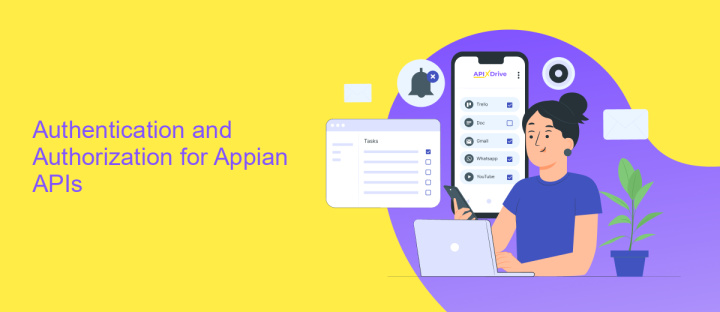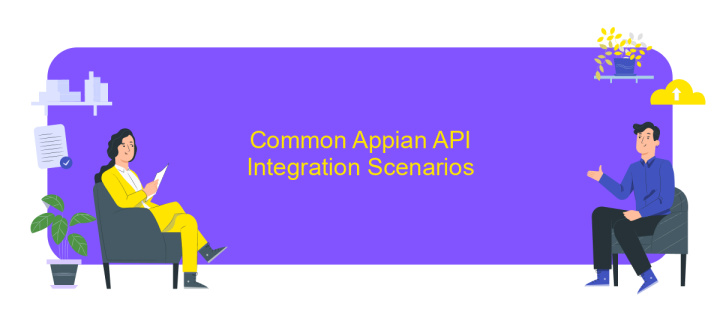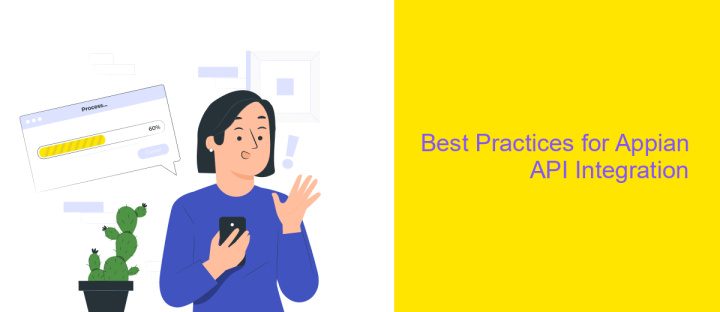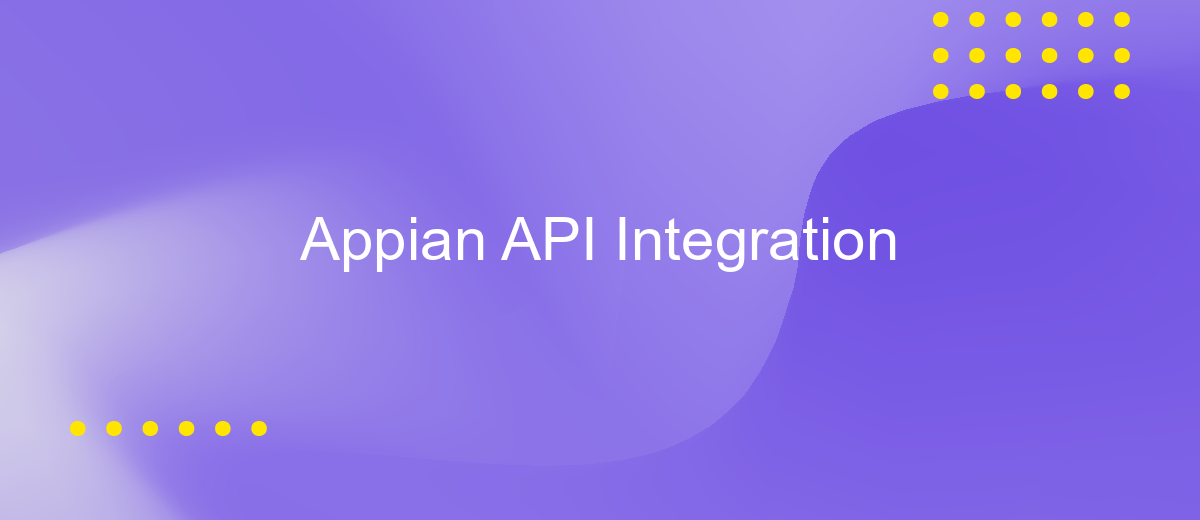Appian API Integration
In today's fast-paced digital landscape, seamless integration between platforms is crucial for optimizing business processes. Appian API Integration offers a robust solution for connecting diverse systems, enabling organizations to streamline operations and enhance productivity. By leveraging Appian's powerful API capabilities, businesses can automate workflows, improve data accuracy, and ensure real-time communication across platforms, ultimately driving innovation and achieving strategic goals more efficiently.
Understanding Appian APIs and Integration Capabilities
Appian APIs provide a robust framework for integrating enterprise applications, enabling seamless data exchange and process automation. These APIs facilitate communication between Appian and external systems, allowing developers to create custom solutions that enhance business operations. By leveraging Appian's APIs, organizations can maximize their existing technology investments and ensure a cohesive digital ecosystem.
- RESTful APIs: Appian supports RESTful APIs, which are widely used for web services, offering flexibility and scalability.
- SOAP APIs: For legacy systems, Appian provides SOAP APIs, ensuring compatibility with older technologies.
- Webhooks: These allow real-time data synchronization by sending automated messages or data updates from Appian to external systems.
- Integration SDKs: Appian offers SDKs for various programming languages, simplifying the development of custom integrations.
Understanding Appian's integration capabilities is crucial for businesses aiming to streamline operations and enhance collaboration. By utilizing these APIs, organizations can create dynamic workflows, improve data accuracy, and reduce manual processes. This integration flexibility empowers businesses to adapt quickly to changing needs, fostering innovation and efficiency in their digital transformation journey.
Authentication and Authorization for Appian APIs

When integrating with Appian APIs, it's crucial to ensure secure authentication and authorization. Appian supports OAuth 2.0, a widely adopted protocol that provides secure access to resources. To begin, register your application in the Appian Administration Console to obtain client credentials. These credentials are essential for generating access tokens, which authenticate API requests. Appian's OAuth 2.0 implementation supports various grant types, including authorization code and client credentials, catering to different integration needs.
For enhanced integration capabilities, consider using services like ApiX-Drive, which can streamline API connections and automate workflows. ApiX-Drive allows you to configure authentication settings easily, ensuring secure and efficient data exchange between Appian and other platforms. By leveraging such services, you can reduce the complexity of managing API integrations, allowing you to focus on developing robust applications. Always ensure that your API interactions comply with Appian's security guidelines to protect sensitive data and maintain system integrity.
Common Appian API Integration Scenarios

Integrating APIs with Appian can significantly enhance the functionality and efficiency of business processes. By leveraging Appian's capabilities, organizations can streamline workflows and improve data exchange between various systems. Here are some common scenarios where Appian API integration proves beneficial:
- Data Synchronization: Seamlessly synchronize data between Appian and external systems to ensure data consistency and accuracy across platforms.
- Automated Workflows: Trigger automated workflows within Appian based on events or changes in external systems, enhancing operational efficiency.
- Third-Party Service Integration: Connect Appian with third-party services like payment gateways or communication platforms to extend its capabilities.
- Custom Application Development: Utilize APIs to build custom applications that cater to specific business needs, providing tailored solutions.
- Real-Time Analytics: Integrate with analytics platforms to provide real-time insights and dashboards within Appian, aiding in informed decision-making.
These scenarios highlight the versatility and power of Appian API integration. By effectively implementing these integrations, businesses can achieve greater agility, improved data management, and enhanced user experiences. As organizations continue to innovate, Appian's API capabilities will remain a crucial component in driving digital transformation and achieving strategic goals.
Best Practices for Appian API Integration

Integrating APIs with Appian can significantly enhance the functionality and interoperability of your applications. To ensure a seamless integration process, it's crucial to follow best practices that optimize performance and maintainability. One key aspect is understanding the Appian environment and its capabilities, which will help you design more efficient API interactions.
Security is another critical consideration when integrating APIs with Appian. Implement robust authentication and authorization mechanisms to protect sensitive data and ensure that only authorized users can access the APIs. Additionally, make use of Appian's built-in security features to further safeguard your integrations.
- Utilize Appian's integration objects for streamlined API calls.
- Implement error handling to manage and log exceptions effectively.
- Optimize API requests to minimize latency and improve response times.
- Regularly review and update API configurations to align with Appian updates.
Lastly, documentation is essential for maintaining and scaling your API integrations. Keep comprehensive records of all configurations, endpoints, and data mappings. This practice not only aids in troubleshooting but also ensures that future developers can easily understand and enhance the integration as needed.
- Automate the work of an online store or landing
- Empower through integration
- Don't spend money on programmers and integrators
- Save time by automating routine tasks
Troubleshooting and Debugging Appian API Integrations
When troubleshooting Appian API integrations, start by verifying the connection settings and authentication credentials. Ensure that the API endpoint URLs are correct and that any required headers or tokens are accurately configured. Utilize Appian's built-in logging features to capture detailed error messages, which can provide valuable insights into the root cause of the issue. Additionally, consider using tools like ApiX-Drive to simplify the integration process, as it offers a user-friendly interface to manage and monitor API connections effectively.
For debugging purposes, test the API calls outside of Appian using tools like Postman or curl to isolate the problem. This approach helps determine if the issue lies within the API itself or the Appian integration. Review the API documentation for any recent changes or updates that might affect the integration. If the problem persists, consult Appian's community forums or support for guidance. By systematically analyzing each component of the integration, you can pinpoint and resolve issues efficiently, ensuring seamless API operations.
FAQ
What is Appian API Integration, and why is it important?
How can I authenticate API requests in Appian?
What are the common challenges faced during Appian API Integration?
How can I automate Appian API integrations?
Can I integrate Appian with third-party services without coding?
Routine tasks take a lot of time from employees? Do they burn out, do not have enough working day for the main duties and important things? Do you understand that the only way out of this situation in modern realities is automation? Try Apix-Drive for free and make sure that the online connector in 5 minutes of setting up integration will remove a significant part of the routine from your life and free up time for you and your employees.


